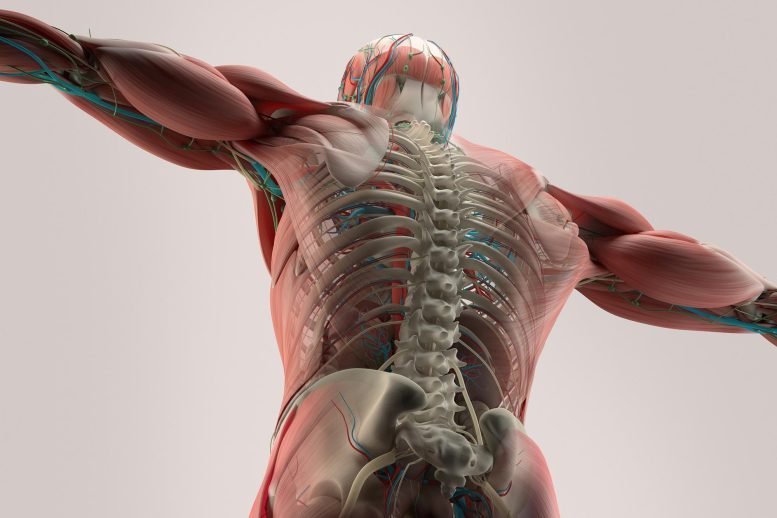
Researchers have found a potential cause for long COVID-19’s enduring symptoms. Their study revealed that the ACE2 receptor, which the SARS-CoV-2 virus targets, plays a pivotal role. Reducing ACE2 levels in fruit flies resulted in fatigue and mobility issues. The findings highlight the importance of ACE2 in the neuromuscular issues seen in COVID-19 patients, offering a path for future therapeutic solutions.
New research paves the way for new strategies to address long-term COVID-19 complications.
Researchers from the University of Malta have identified a possible cause for the prolonged and frequently debilitating symptoms faced by individuals with long COVID-19. The recent study, which was published in the scientific journal BBA Molecular Basis of Disease has implications for the development of medications to treat individuals that have not completely recovered from COVID-19 infection.
Around one in three individuals who recover from COVID-19 continue to experience life-disrupting symptoms, such as persistent fatigue, shortness of breath, ‘brain fog’ (a term used to describe concentration difficulties), and muscle weakness. The origin of long COVID, despite its increasing global impact on daily life, has remained a mystery.
SARS-CoV-2, the coronavirus responsible for COVID-19, latches onto the ACE2 (angiotensin-converting enzyme 2) receptor, which acts as the doorway through which the virus infects cells. In a pioneering study, researchers at the University of Malta exploited fruit flies to curb down the levels of the ACE2 receptor. In the absence of the virus, this was enough to induce fatigue and diminished mobility.
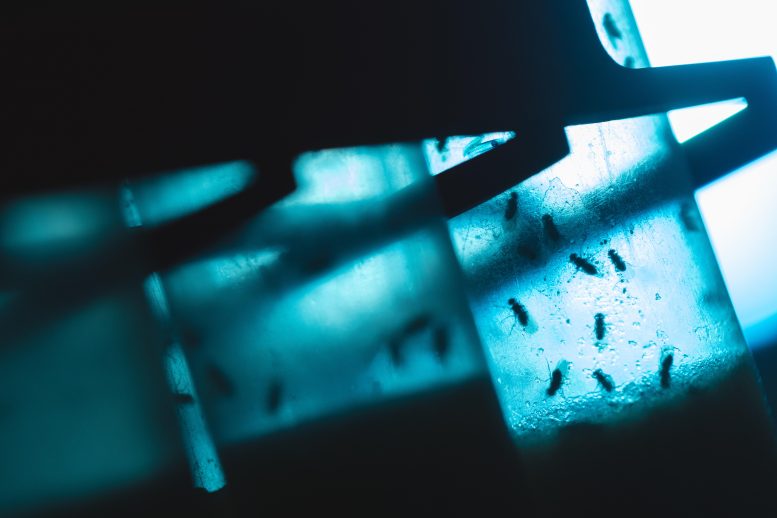
Fruit flies, long used to understand human disease, are also the heroes of long COVID research. Credit: University of Malta/Andrew Gauci Attard
“Our research clearly shows that depletion of ACE2 is central to the neuromuscular complications experienced by a significant percentage of COVID-19 patients,” said Professor Ruben Cauchi, who heads the Motor Neuron Disease Laboratory at the University of Malta.
The compelling findings stem from a major study that started during the heat of the pandemic and temporarily took over the lab’s main focus in response to the global emergency. Prof. Cauchi and his team have long been using fruit flies to research ALS because of their remarkable genetic and biological similarities to humans.
When analyzing molecular defects in organisms with downregulated ACE2 levels, the Maltese scientists discovered a breakdown in communication between nerves and muscles. Several key molecules required for nerves to send messages to muscles were found compromised.
Various paths are thought to coalesce to bring down ACE2 levels or dampen its function in humans following a coronavirus infection. “In addition to being hijacked by the virus, the ACE2 receptor on the cell’s surface can also be targeted by autoantibodies, with the immune system attacking the body as it does in Multiple Sclerosis,” added Dr. Paul Herrera, who performed the intricate experiments that were crucial to the study. There have also been reports of virus persistence long after the initial infection.
The discovery by the University of Malta sheds light on the lasting impact of COVID-19 infection and paves the way for therapeutic approaches to mitigate chronically disabling complications.
Reference: “Functional characterisation of the ACE2 orthologues in Drosophila provides insights into the neuromuscular complications of COVID-19″ by Paul Herrera and Ruben J. Cauchi, 24 July 2023, Biochimica et Biophysica Acta (BBA) – Molecular Basis of Disease.
DOI: 10.1016/j.bbadis.2023.166818
The study was funded by the Malta Council for Science and Technology.




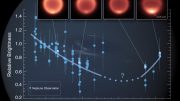

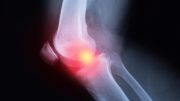

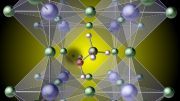
Be the first to comment on "Unmasking the Long COVID Mystery: New Study Reveals Cause of Muscle Weakness"